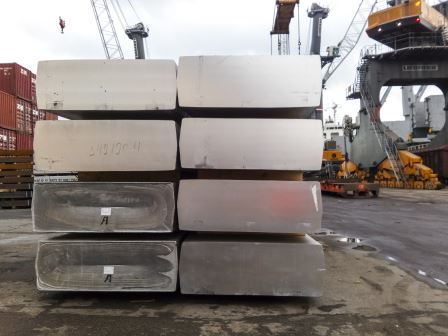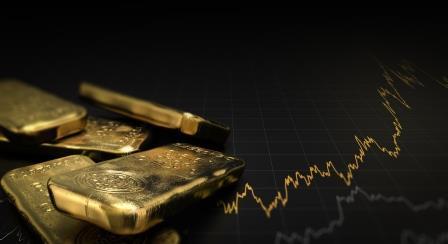 Feeble global economic outlook, intensifying trade war tensions between the US and China, hopes of policy easing from major central banks, Brexit and other geopolitical tensions lifted the yellow metal’s traditional safe-haven demand.
Feeble global economic outlook, intensifying trade war tensions between the US and China, hopes of policy easing from major central banks, Brexit and other geopolitical tensions lifted the yellow metal’s traditional safe-haven demand.
After surging to a six-year high, gold prices in the international market corrected slightly but managed to stay near the psychological level of $1,500 an ounce.
Domestic gold too traded lower after hitting a record high of Rs 39,699 per 10 grams in the futures market.
Gold in the key London spot market has gained more than 25 percent since the last quarter of 2018. Gains in Indian market was a tad higher due to weakness in domestic currency.
Feeble global economic outlook, intensifying trade war tensions between the US and China, hopes of policy easing from major central banks, Brexit and other geopolitical tensions lifted the yellow metal’s traditional safe-haven demand.
Concerns intensified after the International Monetary Fund (IMF) slashed its global growth forecast. IMF also slashed its 2019 global growth forecast to 3.2 percent, lowering 0.1 percentage points from their earlier estimate indicating the trade conflict putting a strain on the global economy.
Amid forecasts of a weak economic outlook, investors sought shelter in safe-haven assets like gold. Trade war worries that continued for the last 15 months hit the global economic sentiments adversely and fanned fears of a possible recession.
Additionally, worries are about slowing global growth outlook and trade war, and the US policymakers cutting their interest rates twice this year, the first time since 2008.
With a view to scramble their economy from the US-China trade war fallout, central banks of India, New Zealand and Thailand also cut their interest rates. Lower interest rates usually decrease the opportunity cost of holding non-yielding assets like bullion.
Worries over a global economic slowdown continue to dampen the sentiments of risky assets. Global markets remained jittery in recent months, while government bonds in Europe and the US rallied as investors resorted to less risky debt instruments.
Increased geopolitical tensions too assisted gold’s inflation hedge appeal. US-Iran tensions were stoked after reports of attacks on oil tankers at one of the world’s main sea lanes.
The US blamed Iran for the attack, and this has raised concerns about fresh bouts of hostility between the two countries.
Political uncertainty in many countries and weak global economic releases offering lower-level support to the metal. Increased worries over Brexit, a military operation in northern Syria by Turkey and protest in Hong Kong urging investors to keep their money into safe assets.
However, the recent decline in prices attributed by signs of easing trade war and a steady dollar. Higher-level of profit-taking assisted the sentiments as well.
The recent partial trade deal between the US and China boosted global economic confidence. Similarly, the latest US Fed’s policy meeting did not paint hints of further rate cuts boosted the dollar. A strong dollar and easing economic worries will push investor sentiments towards riskier assets.
Looking ahead, as long as the US-China trade dispute and global geopolitical tensions remain unsettled, gold may continue with a positive outlook. A volatile dollar and worries over central bank actions also keep the sentiments higher.
Meanwhile, the next round of trade discussions would be crucial for gold. Any positive signs of a successful trade deal would further weaken the sentiments of the precious metal.
However, on the domestic side, a surge in jewellery demand during the traditional gold-buying wedding and festive season could perhaps keep prices firm.
Gold demand is usually higher in India during September-December, due to higher wedding and festive demand. At the same time, record-high prices may deter customers later.
India meets most of its demand through imports and domestic prices are highly correlated with London spot prices.
Hence, any changes in Indian Rupee would largely impact the domestic gold prices. A recovery in Rupee would lead to a decline in Indian gold prices and vice versa.
First published in Moneycontrol.









